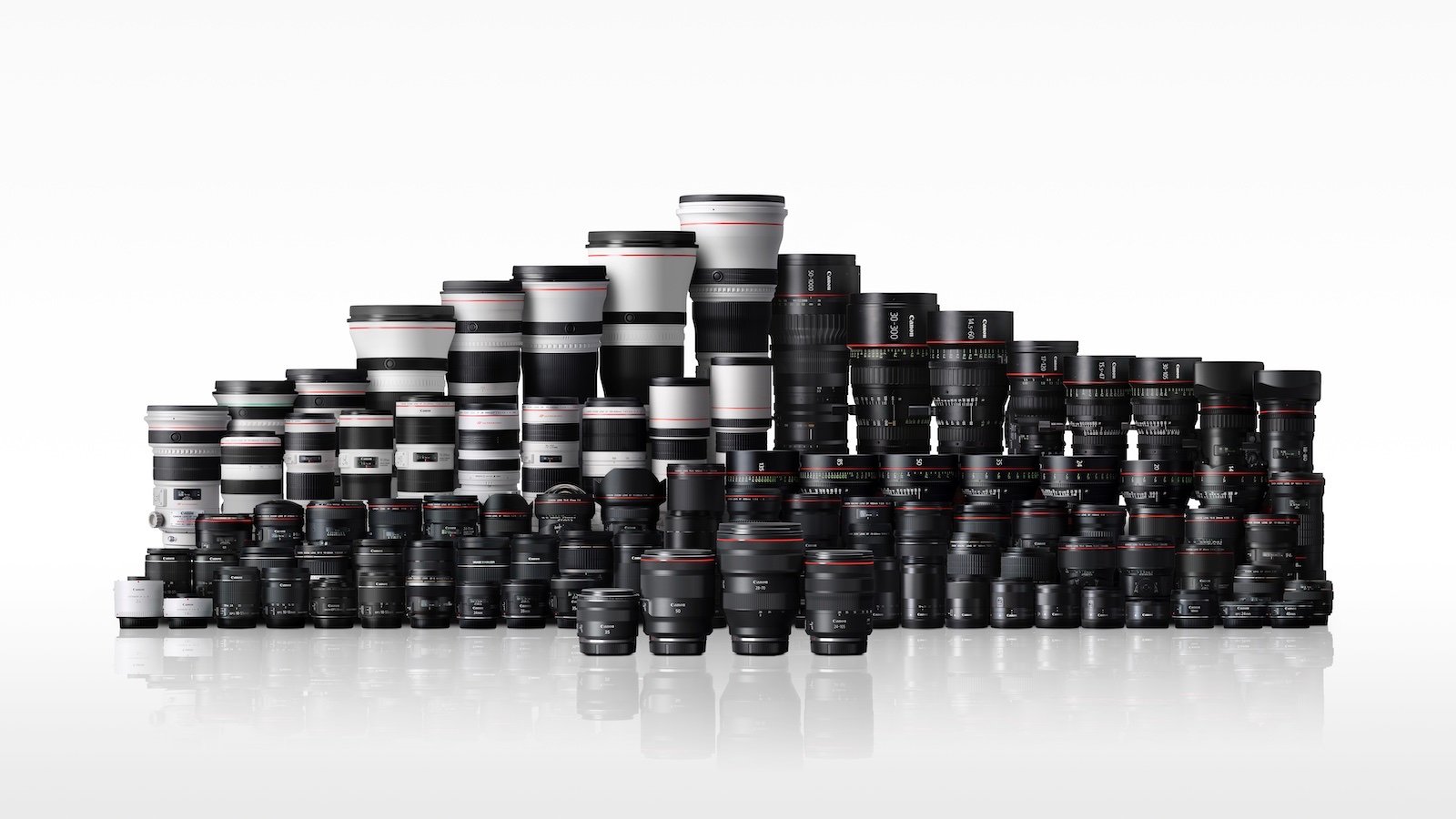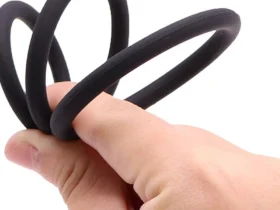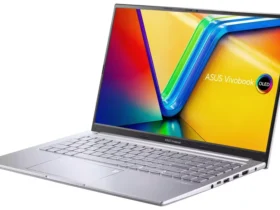Whether it was down to a mere slip of a finger or a tactical leak, Canon Australia was kind enough to provide online information about their upcoming Canon EOS 90D ahead of the official announcement.
The leak puts an end to the idea that Canon will abandon the established EOS DSLR line and switch its focus entirely to its EOS M and EOS R mirrorless cameras, and from what we're seeing the 90D is quite an upgrade on top of the existing EOS 80D camera, with a fresh 32.5-megapixel sensor, a new DIGIC 8 processor, faster burst shooting, updated metering and autofocus tracking courtesy of a new metering sensor, and 4K video on top of it all.
- What's the difference between mirrorless cameras and DSLRs?
- Canon vs Nikon: which camera is better to buy?
- Best newbie DSLR: 10 cheap DSLRs perfect for new users
For enthusiasts, this certainly seems well specified, but with the mirrorless market continuing to expand its offerings, and much less activity on the DSLR than before, does such a model still make sense?
Mirrorless didn't win every battle, but at least not
For those not tied to any particular system, mirrorless cameras certainly appear to make more sense than DSLRs. There are many more models to choose from, for starters, from many other manufacturers, making it easier to find a camera you like the look of, both inside and out, at a price you're willing to pay.
There are also size and weight advantages - at least from the bodies, albeit much smaller so that the lenses - along with the possibility of new technologies that will appear first in these cameras. We've also been blown away by the many lenses designed for some of the existing systems to date, even if some are outrageously big and heavy and insanely expensive.
Mirrorless cameras can shoot in complete silence and can achieve faster burst rates than DSLRs, and some of the latest models have quite impressive phase and contrast detection hybrid autofocus systems that cover a much larger portion of the frame than phase detection AF systems on DSLRs as standard.
So why buy a DSLR when you can grab yourself a very nice Fujifilm X-T30, or Nikon's compact full-frame Z6, or enjoy the high-res delights of Sony and the A7R GI instead?
Well, you may already have a DSLR and a set of lenses that will be expensive to replicate if you've upgraded to a mirrorless system. (The same goes for accessories; in Canon's case, the company and third parties have over 30 years to develop it for the SLR and DSLR lines). Purchasing a set of lenses like this may not even be possible given that many mirrorless cameras are still in their infancy and many camera and lens combinations do not represent a significant advantage in terms of size and weight.

Investing in an EOS DSLR system needs to find enough glass to keep them busy
Of course, you can use Canon's existing mirrorless EF lenses with an adapter, but this isn't ideal. Many photographers also use the more ergonomic grip design on the Canon EOS 7D Mark II and Canon EOS 5D Mark IV, and still don't like the idea of an EVF - many people, despite how capable some of them are now.
And, while you can use the same lenses on the Canon EOS R and EOS RP bodies, neither camera pointed at the same kind of audience would likely be drawn on the EOS 90D.
Many DSLRs trance mirrorless cameras when it comes to battery life too. If the leaked specs of the WB 90D are to be believed, the cameras can fire over 1800 frames on a single charge, which is about three or four times more than the average mirrorless camera can be driven.
SLRs continue to evolve
It's easy to forget that this progress isn't limited to mirrorless cameras. For all their troubles, DSLRs are getting better with every generation.
The EOS 90D, for example, appears to have a 32.5 MP APS-C sensor, and not only is it a nice step up from what the EOS 80D camera offers, but it's getting better with every APS-C format mirrorless camera currently available - although the EOS canon The M6 Mark II, whose details have also been leaked, appears to use the same sensor as the EOS 90D.

The 90D EOS introduces eye-detecting autofocus and tracking, which has been popular in recent generations of mirrorless cameras.
See video autofocus, once a dismal affair on DSLRs, has also been a stronghold for Canon since the launch of its Dual Pixel CMOS AF technology, and on the EOS 90D it appears to have eye detection and focus tracking.
It's not on the EOS 80D cameras, but it's been a welcome item in recent years, and it's one that Canon recently bought for its EOS R via a firmware update. It's not yet clear whether the 90D will have this available during video recording, face detection, but also appears to be possible when using the viewfinder, which was not previously available on a Canon DSLR.
Videographers want to use the EOS 90D also not only have 4K video quality to lean on, but a wealth of native lenses that make capturing more unorthodox fisheye, macro or super-telephoto footage easier than on competing mirrorless systems, lens lines for which are still being created. Of course, adapters of all kinds of mirrorless cameras/non-local lens combinations are possible, but it's hard to argue with the convenience of using a choice of glass media that supports autofocus, auto exposure, and so on.
While we are still waiting for official specs and pricing, Canon clearly believes there is a market for the 90D EOS, as it believes there is a market for the three entry-level DSLRs it has introduced over the past 18 months. An upgrade to the EOS-1D Mark II X ahead of next year's Olympics is also still plausible, since an upgrade to the Nikon D5 would make a lot of sense.
There's no doubt that mirrorless cameras have a brighter future than DSLRs, but it's too soon to write off DSLRs as overkill given the power and depth of the line's native lens, and the fact that many people are still quite happy with what they offer.
- Camera Rumors 2019: The Biggest and Best Camera Rumors Around























REPLY